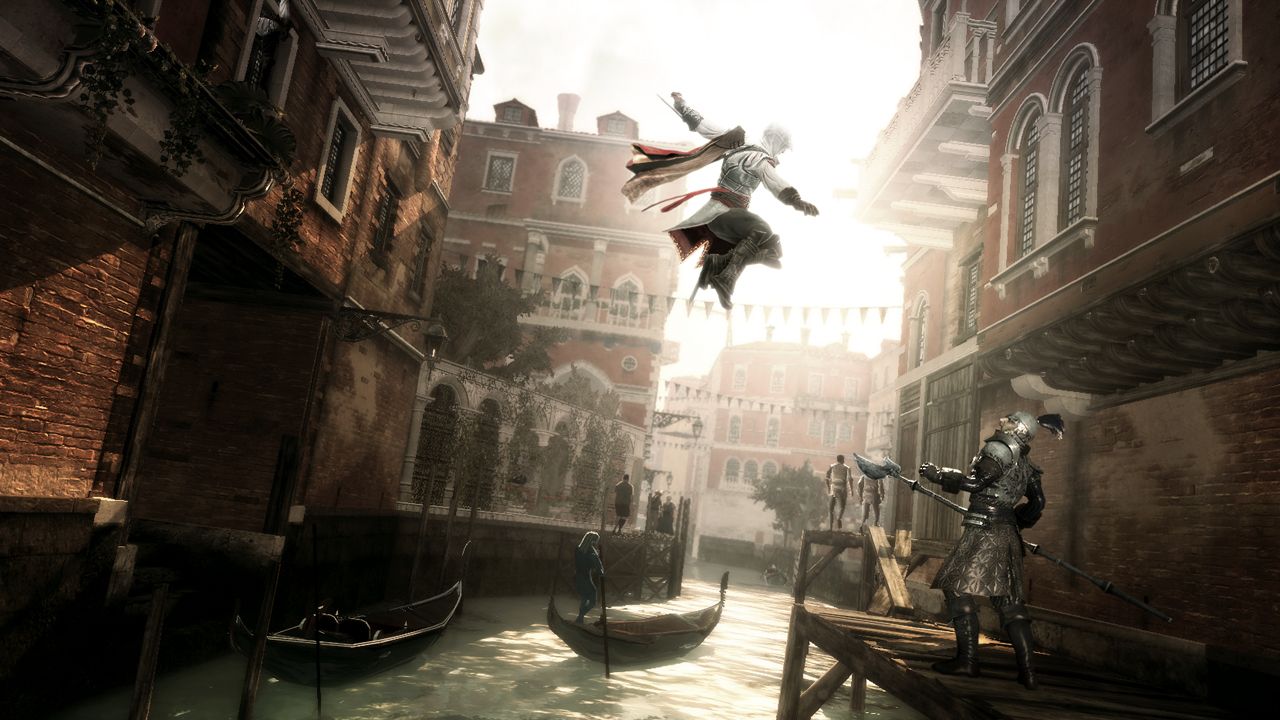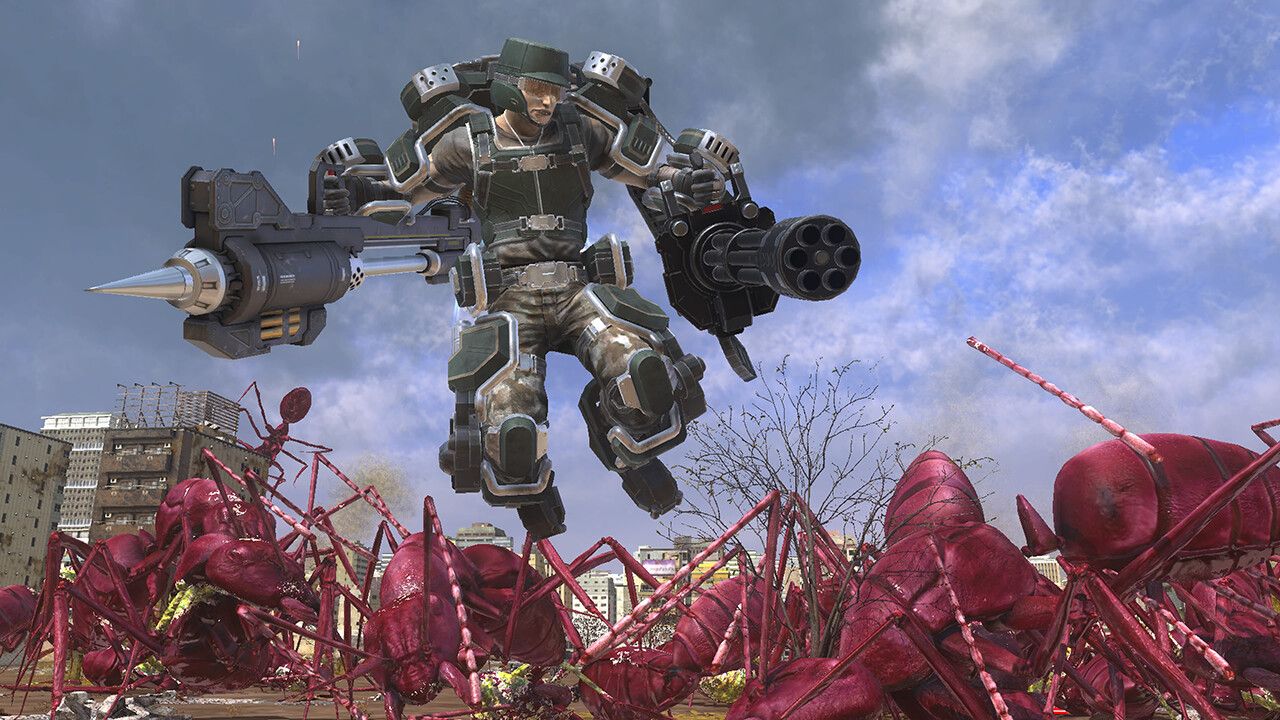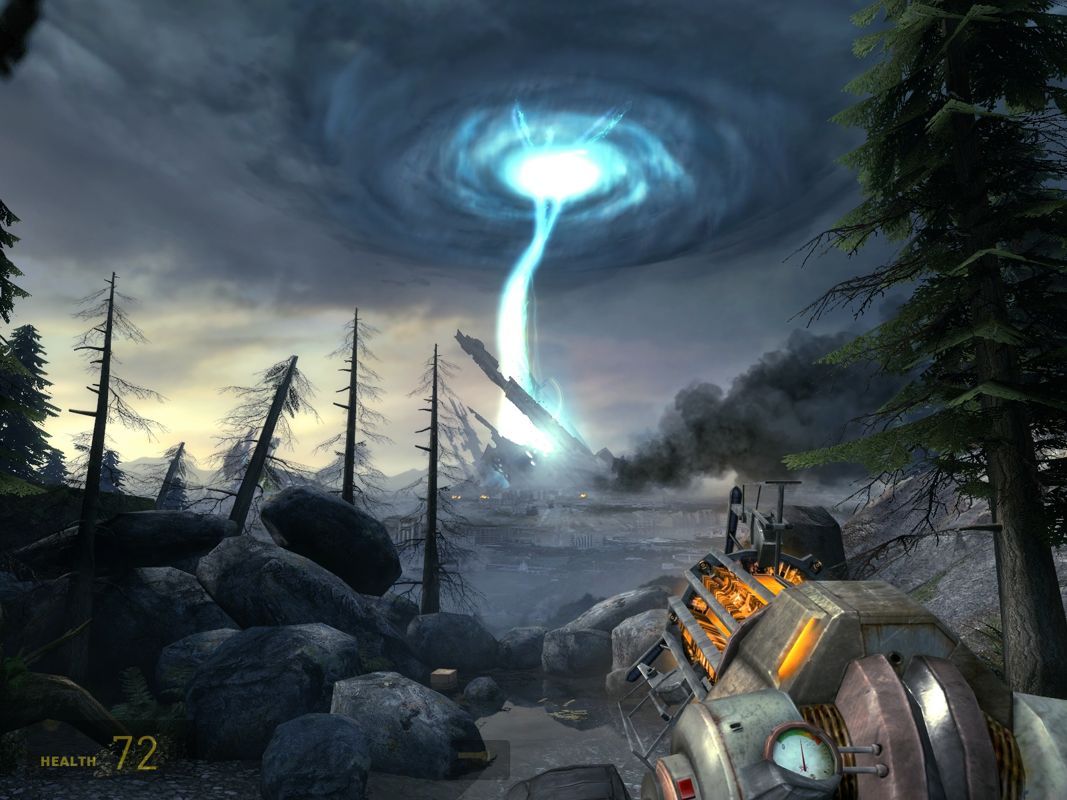Summary
- Many modern sequels aim to innovate but can miss the mark with poorly implemented ideas from previous games.
- The best modern sequels focus on polishing mechanics from past games rather than introducing drastic innovations.
- Safe sequels are important for refining ideas and providing a chance for a series to improve before introducing major changes.
Video game sequels are often held up to lofty expectations that make it hard for them to live up to the hype. Fans are quick to accuse developers of playing things too “safe” when drastic innovations fail to materialize, but I think more of the same can be a good thing.
Better Versions of the Best Games
Many video game sequels aim to reinvent their series, for better or worse. Some sequels like Street Fighter II and Grand Theft Auto III delivered unique evolutions that happened to revolutionize the rest of the gaming industry.
However, plenty of other ambitious sequels miss the mark, often by introducing poorly implemented ideas that are forgettable at best and actively detrimental to the experience at worst. These types of sequels were common in the early days of gaming, with infamous examples introducing frustrating gimmicks that were omitted from later installments, such as the stat leveling of Final Fantasy II and the cryptic open-world of Castlevania II: Simon’s Quest.
Innovation is a double-edged sword, one that’s equally capable of establishing new genres or sinking entire franchises. While innovative ideas can deliver unique and unforgettable gaming experiences, they can also introduce massive risks when applied to established gameplay formulas.
Moreover, sequels to recent releases are rarely willing to take risks due to the rising budgets and development times behind modern games. Whereas studios could once afford a few experimental flops, most contemporary developers can’t afford to take the same risks with their largest franchises. Because of this, we’ve seen sequels become far less ambitious over the years, though that’s not as bad as it sounds.
The best modern sequels are rarely innovative, instead choosing to focus on polishing mechanics and concepts from previous games. Recent examples like Call of Duty: Black Ops 6 and Tekken 8 were incredibly well-received by both longtime fans and series newcomers, though they hardly deviate from the mechanics of previous entries.
They instead tweaked and polished their fundamental mechanics to deliver experiences that will undoubtedly feel familiar to fans but are objectively better than the games that came before. In some cases, this focus on improving instead of adding can shape fun-yet-flawed first entries into genre-defining gems like Uncharted 2 and Assassin’s Creed II.
Of course, there should still be sequels that try to innovate on their series with new ideas, but safer sequels provide a chance to improve and expand upon these ideas. If every sequel focused on delivering something completely different, a lot of promising ideas from past games would be scrapped before they could be used to their full potential.
Franchises like Resident Evil and The Legend of Zelda have reinvented their fundamental formula on numerous occasions, but each new iteration of their gameplay has had multiple entries to evolve with new ideas and massive improvements.
It’s easy to dismiss some sequels for being too similar to previous games, but safe sequels take everything you love about a series and make them better. Sequels exist to move series forward, and games that focus on refining old ideas are just as important as the ones that deliver drastic reinventions of a franchise’s identity. It’s through these safer entries that gaming franchises are able to make the most of their greatest innovations.
Recycling Ideas for A Reason
Not every sequel is trying to innovate or improve the series. Sometimes, a sequel only exists to replace the previous installment and force fans to make another full-priced purchase, which is a common practice among annual sports and racing game franchises. These sequels tend to be cheaply produced cash grabs, offering little value to players while still charging full price. However, that’s not always the case, and some sequels reuse features and assets from past games to deliver fresh experiences.
This is most commonly seen in story-focused series that have multiple installments released within a short period of time. Half Life 2: Episode 1 and Episode 2 were released shortly after the original Half Life 2, and hardly introduced anything new to the series. Despite this, their continuation of Half-Life‘s story along with new levels that creatively utilize Half-Life 2‘s pre-existing mechanics made them worthwhile entries to the franchise.
Some sequels also serve as a way to preserve content from past releases. Super Bomberman R 2 brings over many of the stages, characters, and game modes from the now-defunct Super Bomberman R Online, allowing players to continue enjoying these features after Online‘s shutdown.
Similarly, video game remakes and remasters are created to bring familiar classics to modern systems. While these releases will sometimes include minor changes and added features, they primarily serve as a way for players to revisit familiar experiences rather than delivering anything entirely new.
However, there’s nothing wrong with sequels designed to deliver more of what fans already love. Although niche series like Dynasty Warriors and Earth Defense Force are often criticized for their repetition, there is just enough variation between each installment for hardcore fans to have a reason to keep coming back. Sure, this may also be the reason why these series have struggled to attract a larger audience, but their tried and true formulas have proven consistently entertaining with nearly every new entry.
It’s easy to ignore sequels that settle for delivering “more of the same”—and there are some cash grabs that truly deserve criticism—but even these games offer something important to fans. Whether it’s by using preexisting game mechanics in creative new ways, re-purposing old assets in better games, or providing the gaming equivalent to junk food with comfortably familiar experiences, a lack of innovation doesn’t always have to be a problem.
Innovation Isn’t Everything
Every game series needs some form of innovation to move forward. Even the most formulaic franchises can’t survive forever by simply rehashing the same ideas.
On the other hand, safe sequels are just as important as drastic innovations, as they allow franchises to refine their best innovations or provide a second chance to failed ideas. Plenty of long-running series have used the lessons from these safer sequels to shape later innovations, resulting in critically acclaimed franchise overhauls like Resident Evil 7 and The Legend of Zelda: Breath of the Wild.
Although sequels should aim to innovate, there also needs to be time to improve the ideas that came before. Because of this, I’d rather see my favorite series constantly get better rather than toying with half-baked ideas in every entry. Thankfully, modern games seem to understand this, and more series have been able to learn from their past while still finding new ways to excite long-time fans.







